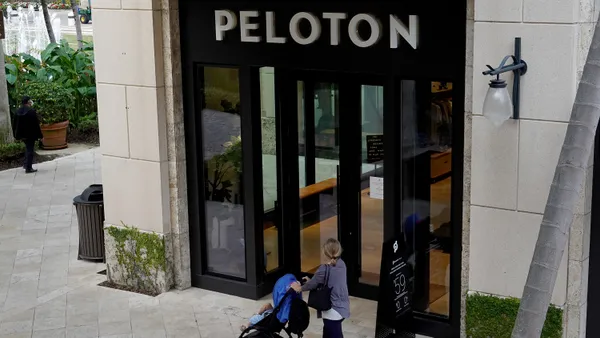Dive Brief:
- Walgreens Boots Alliance is on track to save $1 billion this year, interim CFO Manmohan Mahajan said at a conference on Monday.
- Right-sizing the cost structure, along with reduction of capital expenditures, has been a short-term priority that includes store closures, optimizing store hours based on local market needs, reducing staff, and supply chain and IT efficiencies, Mahajan said.
- “We’re looking at all things possible... based on the actions we’ve already taken, we have more than half of the cost saving, a line of sight into,” said Mahajan at the conference.
Dive Insight:
Mahajan, along with CEO Tim Wentworth spoke on a panel at the JPMorgan Healthcare Conference in San Francisco, California. In a first-quarter earnings call earlier this month, Wentworth also referenced the company’s cost-saving target, along with $600 million in capital expenditure reductions and $500 million in “working capital improvements.”
Previously Walgreens’ controller and chief accounting officer, Mahajan was appointed interim CFO last July after former CFO James Kehoe resigned in order to pursue an opportunity in the technology sector. Wentworth said the company will make a CFO hire announcement “in the short term.”
Walgreens is starting 2024 after a turbulent few months. Wentworth, former CEO of pharmacy benefit manager Express Scripts, was appointed CEO in October after Rosalind Brewer stepped down in September. In November, Neal Sample, who had executive experience at Express Scripts and Northwestern Mutual, replaced Hsiao Wang as chief information officer. Meanwhile, CMO Linh Peters left the company as part of a round of layoffs the same month.
The company reduced its headquarters team by 20%, Wentworth said during the first-quarter earnings call.
Mahajan said the retailer is also on track to reduce its store footprint by 200 locations in fiscal 2024, noting that 100 have already closed during this period.
“We're always looking at our retail footprint and always looking to optimize, and there are a number of factors that go into it, pretty complex — equations in terms of… is it cash flow, is it coverage, is it payer dynamics, we're considering all of that,” he said, noting that the company won’t decide on an optimal number of stores in the next year or two.
Walgreens will also look to build out its services business, especially as the pharmacy revenue model falls under pressure. The company supports efforts to tie drug pricing formulas closer to the cost of the drug and a markup, similar to the approach employed by competitor CVS, Wentworth said.
“Quite frankly, we are in a situation where there's not much left to give. We just saw what happened to Rite Aid,” he said. “Large retail national chains [are] struggling to grow the front of the store and invest in it because of the reimbursements at the back, and so, from our standpoint, we've already begun the process of meaningfully being paid for other services at fair market value.”
During its first-quarter earnings call, the company reported that it grew sales 10% year over year to $36.7 billion, and reduced its net loss to $67 million, down from $3.7 billion in the year-earlier period.












